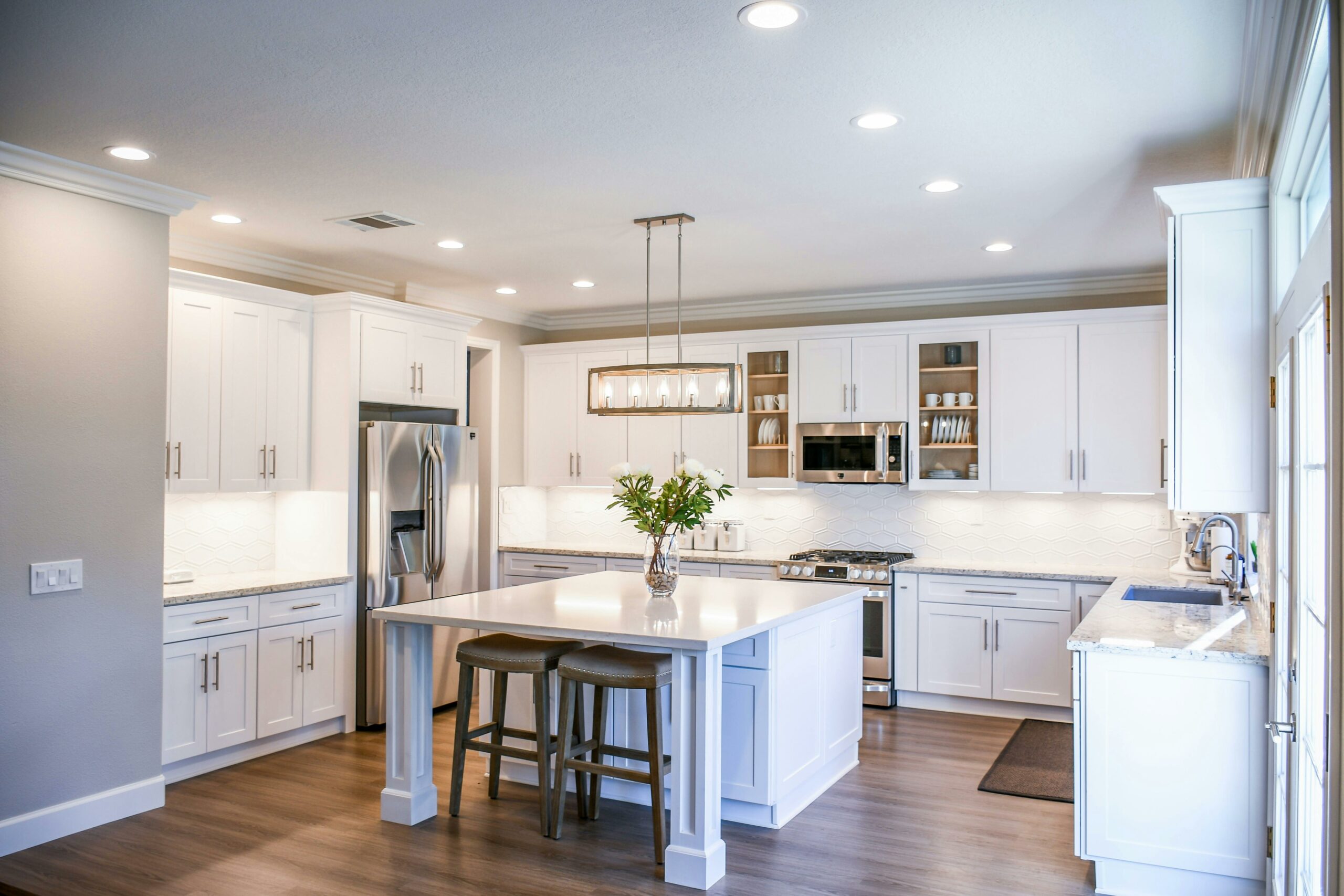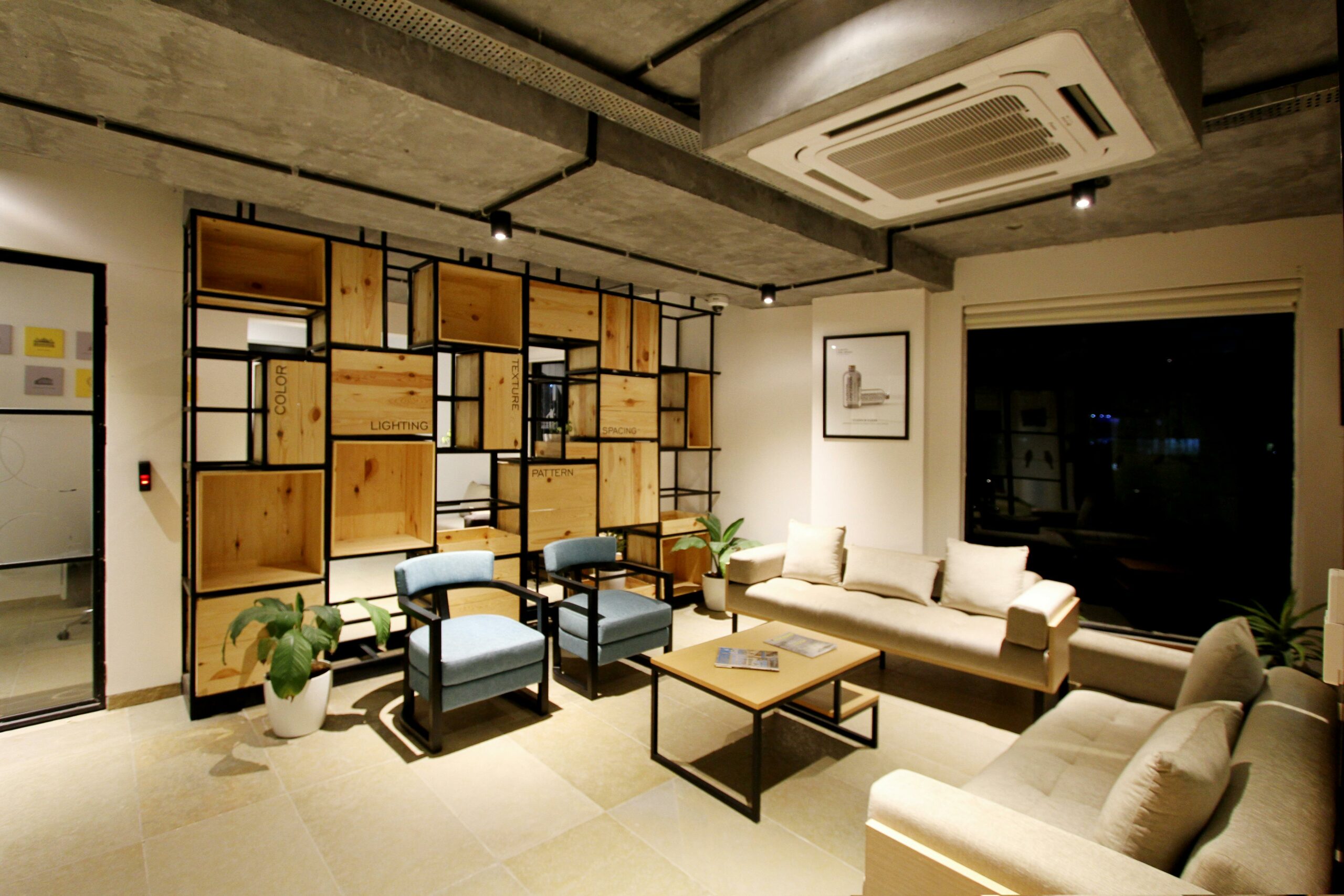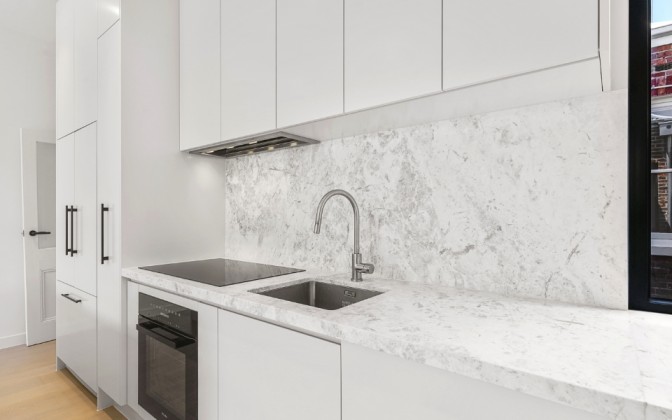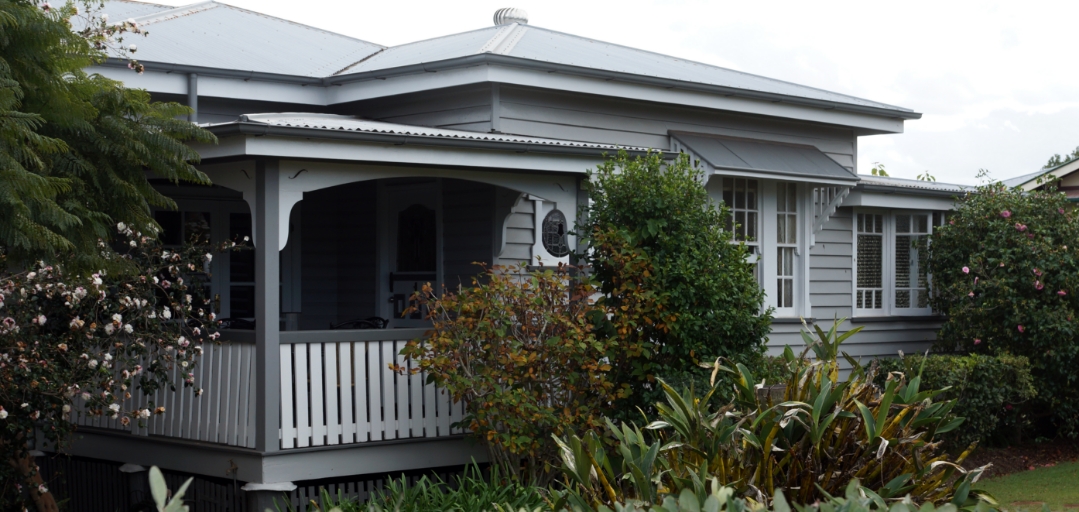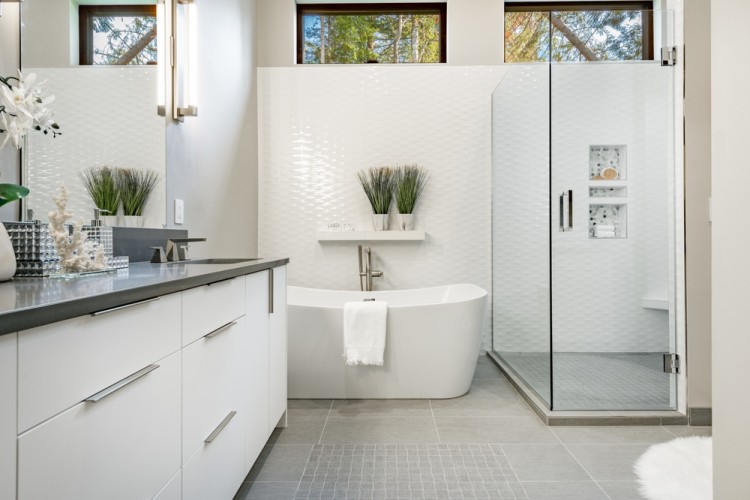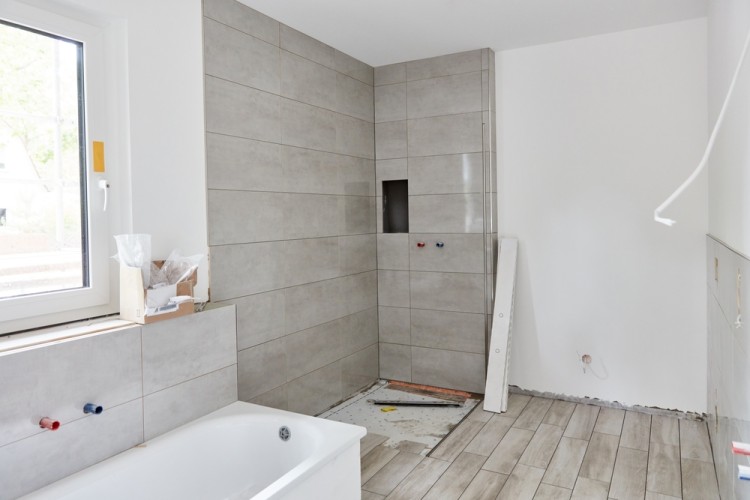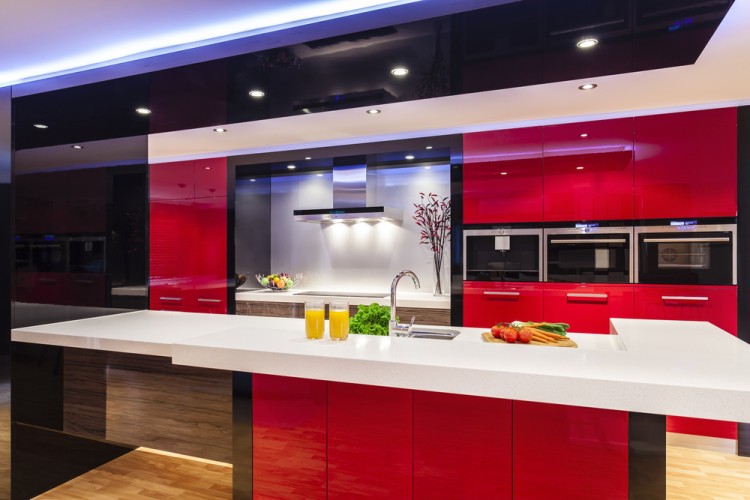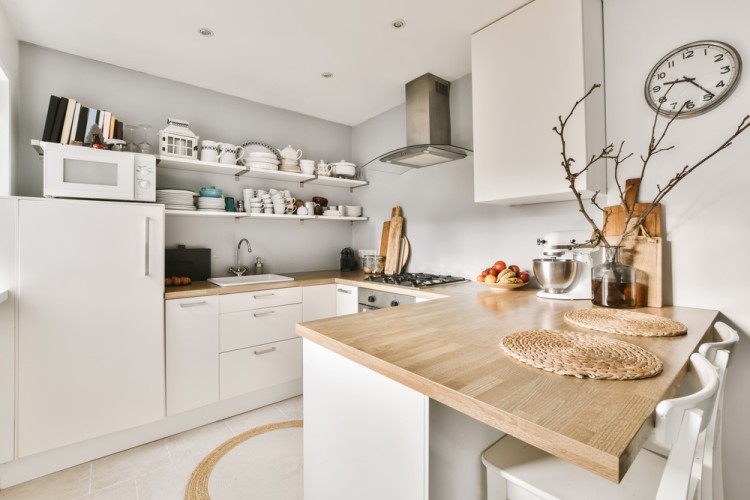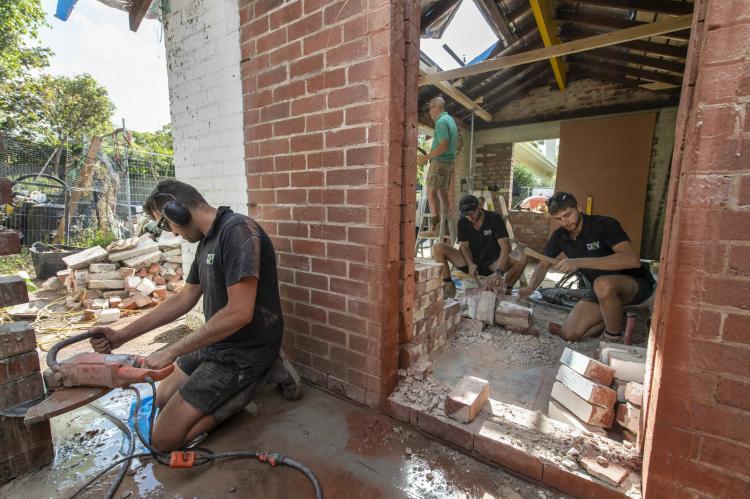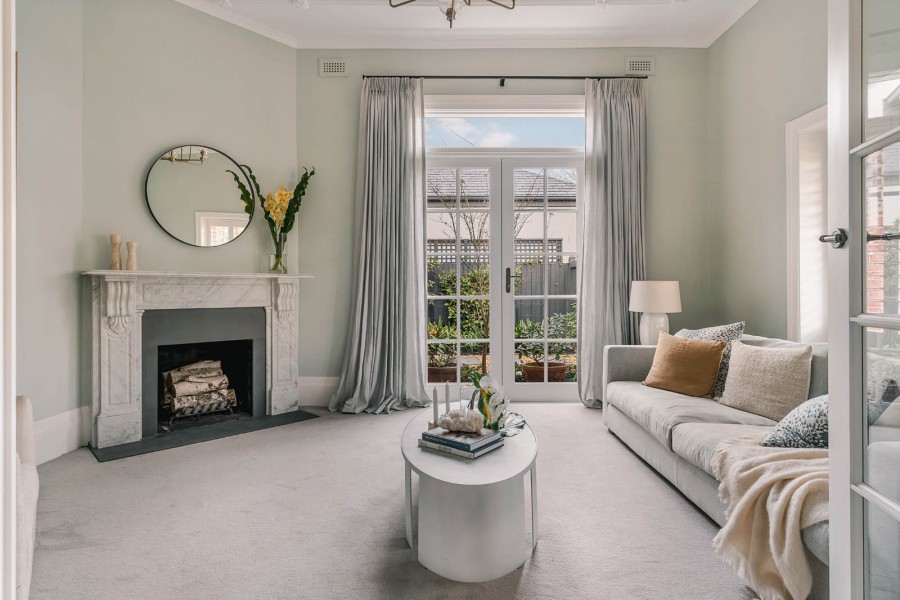
Have you started to outgrow your home? An extension may be just what your property needs for it to stay perfect for you and your family. But like any building project, it’s easy to make mistakes that can set your project back, both in time and budget.
At DPV Construction, we are very familiar with planning and performing successful home extensions for our clients, and we know how to avoid all the common pitfalls that other less experienced builders can stumble into. This blog will outline some of the most common home extension mistakes we’ve seen and what you can do to avoid them.
Make sure to keep the following points in mind when planning a home extension!
What Exactly is a Home Extension?
Before we begin, let’s clarify what a home extension is. The word ‘extension’ is key here, as it means that you are physically extending the barriers of your home to make it larger. You can either extend up (like adding a second storey onto your property) or out (adding extra rooms to existing ones or making existing rooms wider).
Home extensions are different from renovations, which involve changing the inside layout and features of your home while leaving its borders largely untouched. Both can serve to breathe new life into your home, but only an extension can physically give you new rooms to use as you see fit.
Currently, in Australia, you can expect to pay, at a minimum, $4000 per square metre, but this can go up depending on the conditions of your property, the material you want to use and the contractor you choose.
Looking for home extensions in Balwyn, Malvern or Camberwell? Choose DPV Construction and enjoy a bespoke design and professional build for your property.
6 Common Mistakes to Avoid When Extending Your Home
Without further ado, here are six common mistakes to avoid when planning and performing a home extension.
1. Not Considering Your Windows
When you start extending, adding onto rooms usually means they lose some or all of the windows they had that added natural light. Natural light is the best way to illuminate a room–it’s not too bright, it won’t change the colours inside the space, and best of all, it’s free!
To take advantage of natural light, you’ll need to make sure you’re accounting for windows in your home extension designs. This means keeping in mind what direction your house faces so you can plan for the best ways to catch the sun during the day. The sun rises in the east and sets in the west, so make sure to plan windows that will be exposed to as much light as you want.
Of course, you don’t want to go full greenhouse, either! A skylight and large windows on every wall may lead to a very bright and hot room that leaves you sweltering, even in winter. A room with a skylight won’t need many other windows for lighting purposes, so keep that in mind if you want one as part of your extension.
2. Not Enough Detail in Plans
Smart and thorough planning is key for a successful home extension, and this effort needs to be extended down to the smallest details. Larger details, like the shape and length of your new walls, the materials you are building with, and what kinds of electrical and plumbing systems you’ll need to incorporate, are all extremely important, but so are smaller details that you may not immediately think about.
Here is just a taste of some of the little details you’ll need to consider:
- Powerpoint locations for areas like kitchens, bedrooms and living rooms.
- How will you structure your rooms once they are expanded–how will you walk through them?
- Will you be able to extend your HVAC system to include the new rooms?
- Can you find the same materials as your home is made from to use?
If you don’t consider these questions, chances are you’ll be asked them during the build and you’ll need to come up with answers on the spot, which can lead to poor locations and poorer-quality materials.
By planning for all the little things, you give your home extension the best chance to finish perfectly–down to the smallest detail!
3. Going Over or Under Budget
Your budget can be what decides if you end up with a complete home extension or one that is half-baked and stops halfway through. Planning your budget is just as important as planning the design for your extension, and your budget can cause you problems if you go over or if you’re very far under what you expected.
When planning your budget you’ll need to take into account costs like permits, inspections, building materials, labour costs, utility connections and, as always, you’ll want to have a reserve in place for emergencies. We can’t tell you what your budget will be, as it will differ for every project, but medium or large extensions tend to be more expensive than a new build.
Whatever your budget is, make sure to keep between 10-20% of it aside in case you need it for extra labour costs, to repair accidental damage from weather, or for any other emergency.
4. Forget to Include Your Neighbours
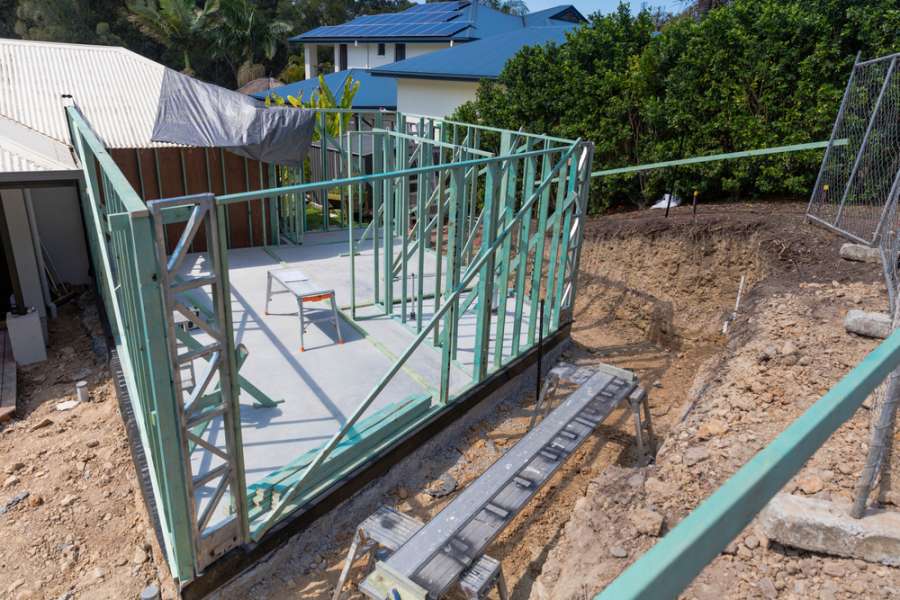
A home extension can affect more than just you–your neighbours will have a thing or two to say if they aren’t aware of it and don’t love your plans!
Whether you get along with your neighbours or not, informing them of your plans to extend early on can make all the difference, especially if you are extending up. A double-storey house that can see over the fenceline could make your neighbours uncomfortable, especially if facing a backyard pool, bathrooms or bedrooms, which might necessitate a change in your layout or at least the addition of frosted or high windows.
Extending outwards can also be difficult if you end up too close to your property fence. Your neighbours will be entitled to protest if they feel their privacy and property boundaries aren’t being respected–make sure to give them a heads up early and share your extension plans with them so they can point out any problems before you start building, not after!
5. Check on Your Foundations
When you want to extend your property, you’ll need to make sure your foundations can take the weight of the extra rooms, and this applies to both horizontal and vertical extensions.
Are you extending upwards?
You’ll need to make sure the foundations of your home are strong enough to handle a whole other level being added.
Are you extending outwards?
The soil around your home might not be suitable for supporting extra rooms, so make sure to get it tested.
Both of these can involve getting a professional geotechnical engineer to sample and evaluate the type of soil underneath your home or having a builder evaluate your property to see if it can handle having extra rooms built above it. Either way, it’s important to get these tests done by professionals so you can show the results to those you’ll need to get permission from to extend your home.
Speaking of which…
6. Forgetting to Get Permission
Have you planned your design, found the perfect builder, and hashed things out with your neighbours? You’ve missed one of the most important steps–getting permission from your council for the extension. Your local council will need to sign off on your extension, which can be a lengthy process that will extend your project by several months,
However, trying to skip this process will result in the council finding out and forcing you to knock down your extension. Then, the process will have to start again–and this time, your council probably won’t be as accepting of your proposal if you had applied for a permit beforehand.
For more information on how to properly apply for a permit from your local council, please use the Victorian Building Authority’s website to start the process.
Extend or Renovate?
You now know some of the mistakes to avoid, but there is one last thing to ask yourself–is an extension really what you need, or would a renovation be better? Extending can give you more rooms and physical space, but it can also be an expensive and time-consuming process. Renovating, on the other hand, is faster and more affordable and can still result in a more spacious and stylish space, as long as you plan it correctly.
By renovating your home, you can create rooms with smarter, more spacious layouts that make the rooms feel bigger and function better with any major construction work needed. By renovating your kitchen, laundry or bathroom, you can increase your home’s value while making it more enjoyable to live in, too.
Interested in a home renovation? The experts at DPV Construction can perform a whole home transformation, or renovate your individual rooms as needed.
Extend With Confidence Thanks to DPV Construction
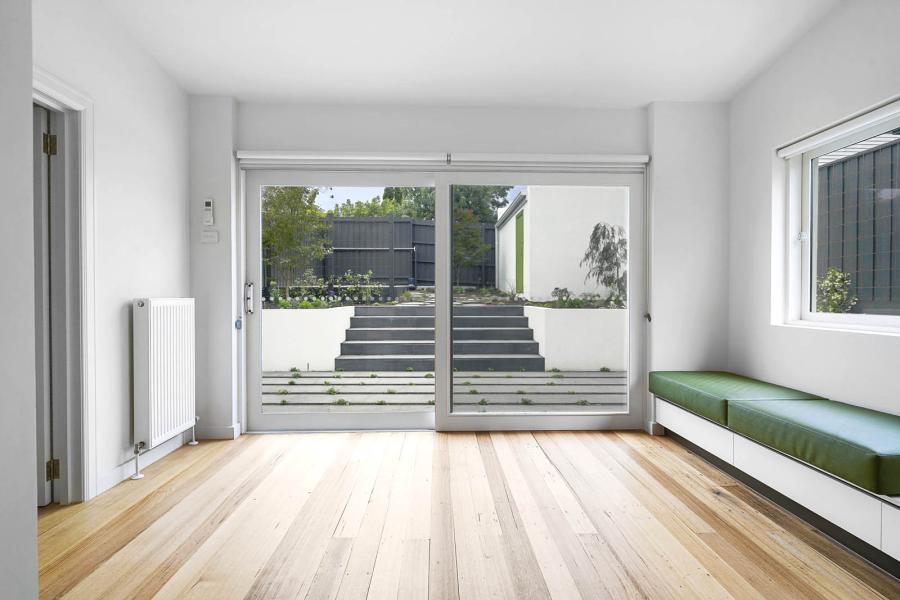
When you need professionals to help you with home extensions in Melbourne, there is one business you can always trust for the job. DPV Construction specialises in luxury home renovations and extensions. We can create an extension that turns your property into your dream home–or increases the value to one that is perfect for selling!
As fully insured and licensed master builders, we can be trusted to perform a home extension you’ll be proud of. Get in touch online using our request form and we’ll get back to you shortly regarding your proposed build.
